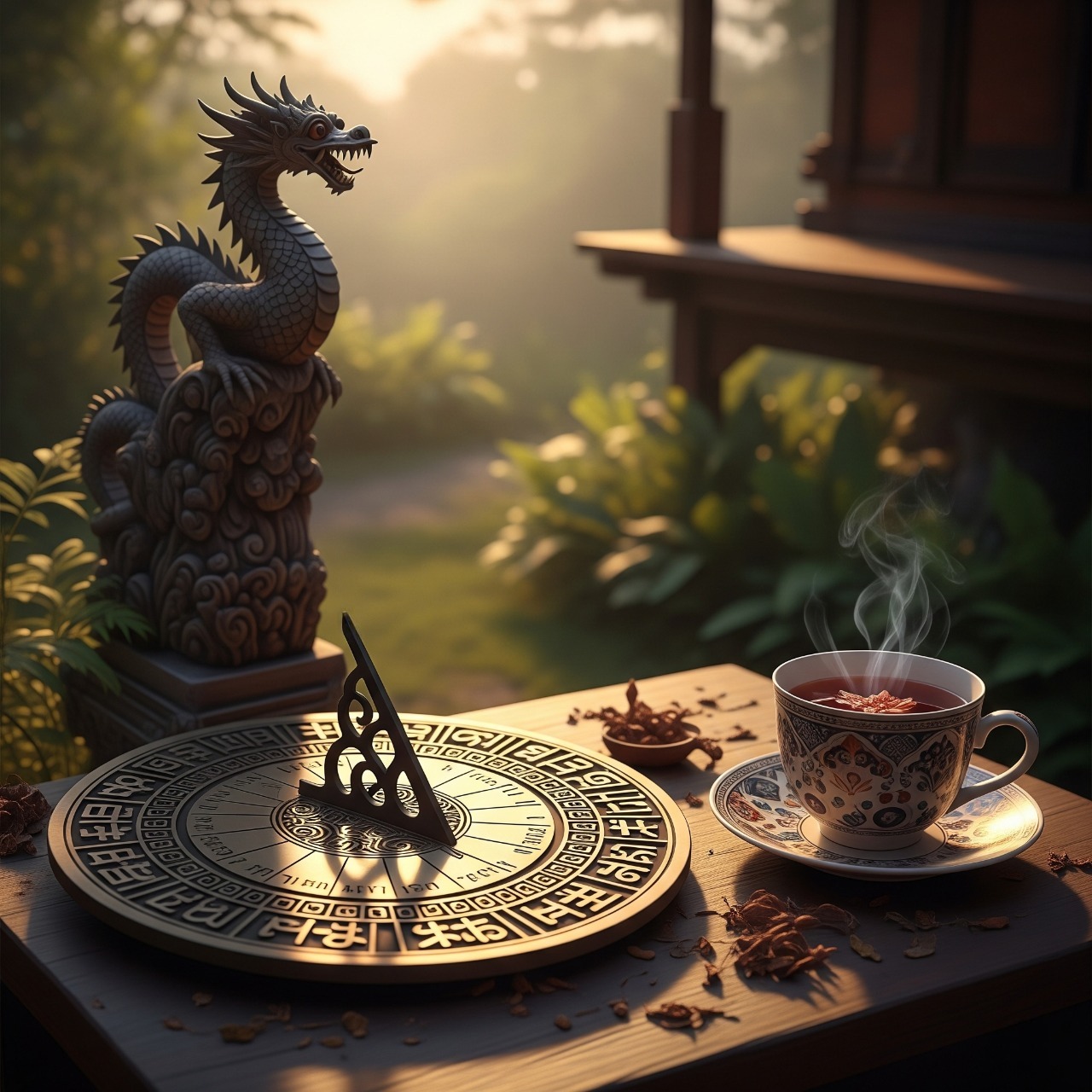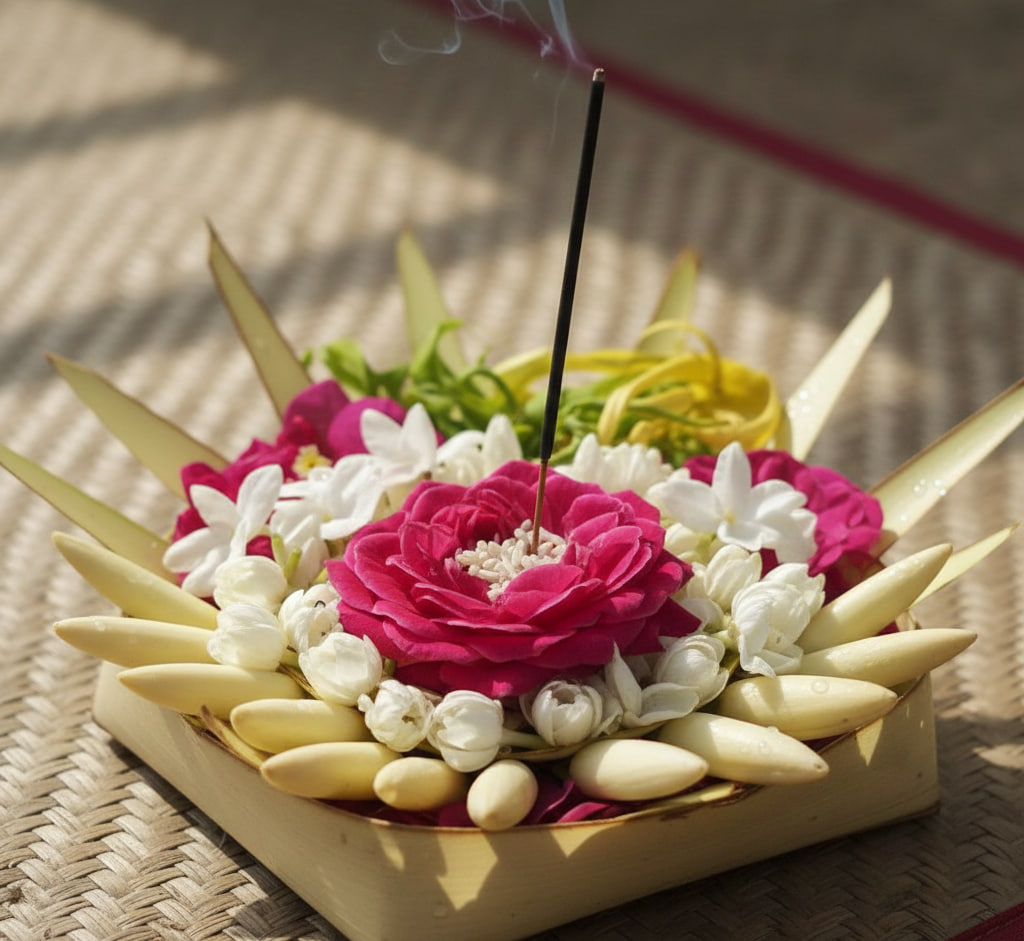News
Time, Dragons, and a Cup of Meaning: Unraveling the World of Javanese Sengkalan
We often see time as a string of dates on a calendar—simple, straightforward, and occasionally panic-inducing when deadlines are missed. But in the land of Java, time isn’t just about dates. It can be a poetic phrase, a life philosophy, even a dragon carving full of hidden meaning. Its name? Sengkalan.
Sengkalan is the art of telling time in a way that’s anything but ordinary. It’s not just numbers. It’s a string of words that represent digits, and when read backward (yes, backward), they reveal the year in question. Take, for example, the legendary phrase Sirna Ilang Kertaning Bumi, which marks the fall of Majapahit. “Sirna” means 0, “ilang” is also 0, “kerta” means 4, and “bumi” is 1. Reversed? 1400. Not in the Gregorian calendar, though—it’s 1400 Saka, which corresponds to 1478 AD.
But sengkalan isn’t just about marking a year—it carries weight and emotion. Sirna Ilang Kertaning Bumi can be interpreted as “the vanishing of prosperity from the earth.” It’s not just saying “this was the year,” but also “this was a sorrowful chapter in history.” Poetic, and a little heartbreaking.
From Sanskrit to Javanese, from Text to Sculpture
Sengkalan has been around for a long time. The Canggal Inscription from Mount Wukir, dated 654 Saka (or 732 AD), already recorded time through the phrase Syruti Indrya Rasa. Written in Sanskrit, of course. But over time, sengkalan evolved. From its Sanskrit roots, it gradually became “Javanized” as Javanese culture took center stage.
When Islam arrived, the Saka calendar began to coexist with the Hijri calendar. Sultan Agung—famously known for unifying opposing elements—created the Javanese calendar by blending the two systems. Since then, sengkalan has been divided into two types: suryasengkala (solar-based) and candrasengkala (lunar-based).
But sengkalan isn’t only linguistic. It can also be visual. This form is called sengkalan memet, often found in sculptures or reliefs that symbolically represent a year. For instance, two dragons facing opposite directions with entwined tails at Regol Kemagangan and Gadhung Mlathi. Not just decorative art—it’s a sengkalan called Dwi Naga Rasa Tunggal—two dragons with one soul. Translation? The year 1756 AD, or 1682 in the Javanese calendar—the official founding year of the Yogyakarta Palace.
Sengkalan memet is not for the faint of heart. There are no fixed rules, and without accompanying text, it’s anyone’s guess. Perhaps that’s why it’s called memet—literally, “difficult.”
Not Just a Date, but a Story
The beauty of sengkalan is that it appears everywhere: in shadow puppets, ancient manuscripts, weapons, even modern buildings. Take Sultan Agung’s Wayang Cakil for example—it hides the sengkalan Tangan Butha Tata Jalma—"the hand of the demon arranges mankind," pointing to the year 1552 in the Javanese calendar.
Or the royal cannon from the reign of Sultan HB II, inscribed with Swaraning Dahana Sabdaning Ratu—“The roar of fire is the word of the king.” That marks the year 1737 in the Javanese calendar. Pretty cool, right?
Even today, the tradition hasn’t vanished. The Sri Sultan HB IX Museum features a sengkalan memet of dragons and royal emblems. Its reading? Kaheksi Nagaraja Manjing Kadhaton—the entry of twin dragon kings into the palace—marking the year 1992 AD, when the museum was inaugurated.
There’s even a candrasengkala for the renovation of Bangsal Trajumas after the earthquake: Sumunar Hakarya Haruming Dhatulaya, meaning “the radiant light manifests the palace’s glory,” pointing to 1943 in the Javanese calendar. The suryasengkala accompanying it reads Hanggara Sampurna Risaking Traju, meaning the solar year 2009 AD.
Time That Speaks, Not Just Ticks Away
For the Javanese, time isn’t a bland, linear line. Time has character. It has soul. It has feeling. That’s why they frame it through sengkalan—because numbers alone aren’t enough.
Through sengkalan, an event is remembered not just as “something that happened in a particular year,” but as “a moment that felt like this.” Whether in words full of symbolism or silent dragons etched in stone, it’s time made meaningful.
And maybe that’s what we can learn from this tradition: that time is more than just something we chase. It’s a space to give meaning. A moment to reflect, to remember—and perhaps, to pause before running again.



